When it comes to roofing materials, asphalt shingles continue to be one of the most popular choices among homeowners. Their affordability, versatility, and durability make them a practical solution for various architectural styles and climates. However, not all asphalt shingles are created equal. There are different types available, each offering unique benefits and characteristics. Understanding these differences can help you make a more informed decision for your home.
The Basics of Asphalt Shingles
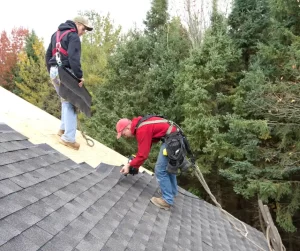 Asphalt shingles are primarily composed of a fiberglass or organic mat, saturated with asphalt for waterproofing, and coated with mineral granules that provide color and protection from UV rays. These shingles are designed to shed water and resist harsh weather conditions. The combination of these materials results in a product that is both functional and visually appealing, offering homeowners a reliable roofing solution with minimal maintenance requirements.
Asphalt shingles are primarily composed of a fiberglass or organic mat, saturated with asphalt for waterproofing, and coated with mineral granules that provide color and protection from UV rays. These shingles are designed to shed water and resist harsh weather conditions. The combination of these materials results in a product that is both functional and visually appealing, offering homeowners a reliable roofing solution with minimal maintenance requirements.
Three-Tab Shingles: The Traditional Choice
Three-tab shingles are the most basic and cost-effective type of asphalt shingles available on the market. Named for their distinctive appearance, which features three uniform cutouts or “tabs” along the lower edge, these shingles lay flat and create a tidy, consistent look across the roof.
This type of shingle is often chosen for budget-conscious projects or homes with simpler rooflines. While three-tab shingles are lightweight and easy to install, they typically have a shorter lifespan than more advanced options, usually ranging from 15 to 20 years. They’re a practical choice for those looking for a straightforward and economical roofing solution, though they may not offer the same level of durability or aesthetic variety as other types.
Architectural Shingles: Style Meets Strength
Also known as dimensional or laminated shingles, architectural shingles are a step up from the basic three-tab variety. These shingles are constructed with multiple layers of asphalt fused together, creating a thicker, more durable product. The layered construction also gives them a more textured and dimensional appearance, often mimicking the look of natural wood or slate.
Architectural shingles are popular among homeowners who want a more upscale appearance without the higher cost associated with premium roofing materials. They typically last between 25 and 30 years and offer better resistance to wind and impact damage. This combination of enhanced durability and aesthetic appeal makes them a popular choice for many modern homes.
Luxury Shingles: The Premium Option
For those seeking the highest quality in asphalt roofing, luxury shingles represent the top tier. These shingles are designed to replicate the look of high-end roofing materials like slate or cedar shake but without the associated weight or maintenance challenges. They are significantly thicker and heavier than both three-tab and architectural shingles, offering superior durability and a highly distinctive appearance.
Luxury shingles can be an excellent choice for historic homes or homeowners who want to make a strong design statement. In addition to their impressive looks, they offer enhanced longevity, often exceeding 30 years with proper care. Their added weight and durability also provide better resistance to extreme weather, making them a smart investment in regions prone to heavy storms or high winds.
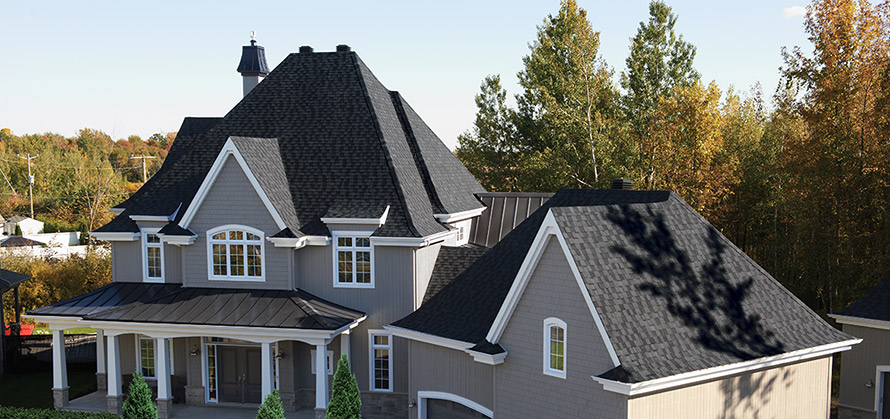
Factors to Consider When Choosing Asphalt Shingles
When deciding which type of asphalt shingle is right for your home, several factors should be taken into account. The architectural style of your house, your local climate, budget considerations, and long-term maintenance goals all play an important role in determining the best fit.
If you’re planning a short-term stay in your home or managing a tight budget, three-tab shingles might be sufficient. For homeowners looking for better durability and improved aesthetics, architectural shingles offer a well-balanced option. And if you’re aiming for maximum curb appeal and performance, luxury shingles deliver both visual impact and long-lasting protection.
It’s also essential to consider installation and warranty coverage. Professional installation ensures that your shingles perform as intended, and many manufacturers offer varying levels of warranty depending on the type of shingle chosen. Working with a qualified contractor can help you navigate these choices and ensure that your roof meets both your aesthetic and functional needs.
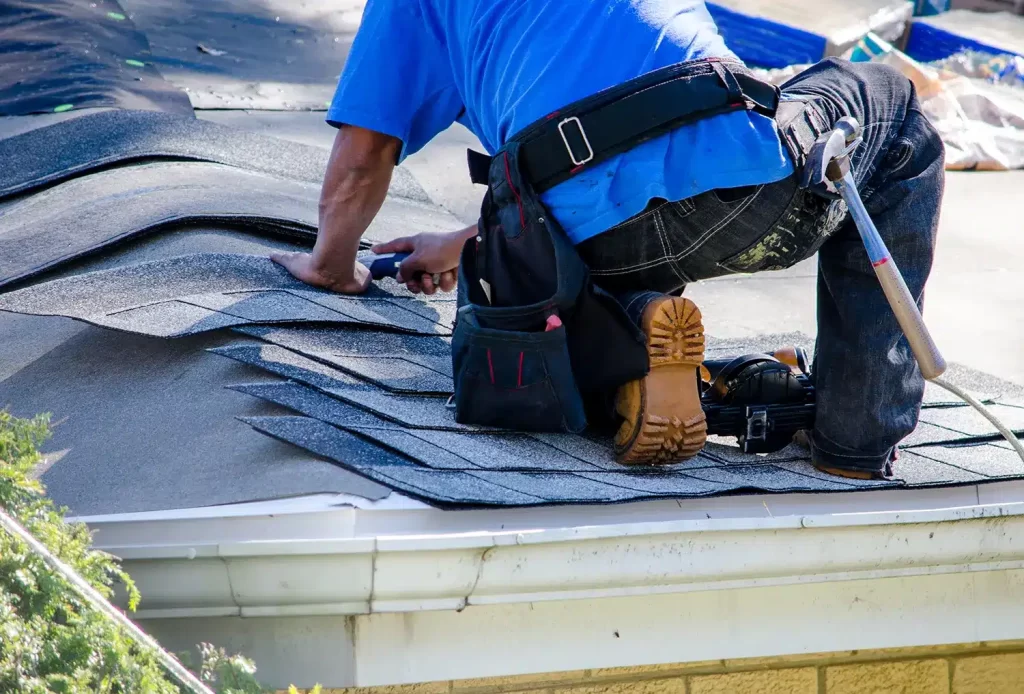
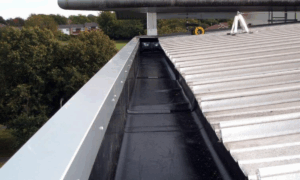 Rain gutters are designed to direct water away from a building’s foundation, walls, and entrances. In a commercial setting, where the size of the roof and the volume of water runoff can be substantial, having a well-designed and functioning gutter system is not just beneficial—it’s essential. Without an adequate gutter system, water can accumulate around the foundation, potentially causing erosion, leaks, or even structural damage over time.
Rain gutters are designed to direct water away from a building’s foundation, walls, and entrances. In a commercial setting, where the size of the roof and the volume of water runoff can be substantial, having a well-designed and functioning gutter system is not just beneficial—it’s essential. Without an adequate gutter system, water can accumulate around the foundation, potentially causing erosion, leaks, or even structural damage over time.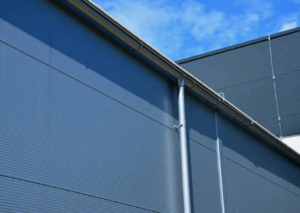 As with any component of a commercial building, regular maintenance is key to preserving the functionality of a rain gutter system. While many modern gutter systems are designed for durability, they still require periodic inspection and cleaning to prevent blockages and damage.
As with any component of a commercial building, regular maintenance is key to preserving the functionality of a rain gutter system. While many modern gutter systems are designed for durability, they still require periodic inspection and cleaning to prevent blockages and damage.